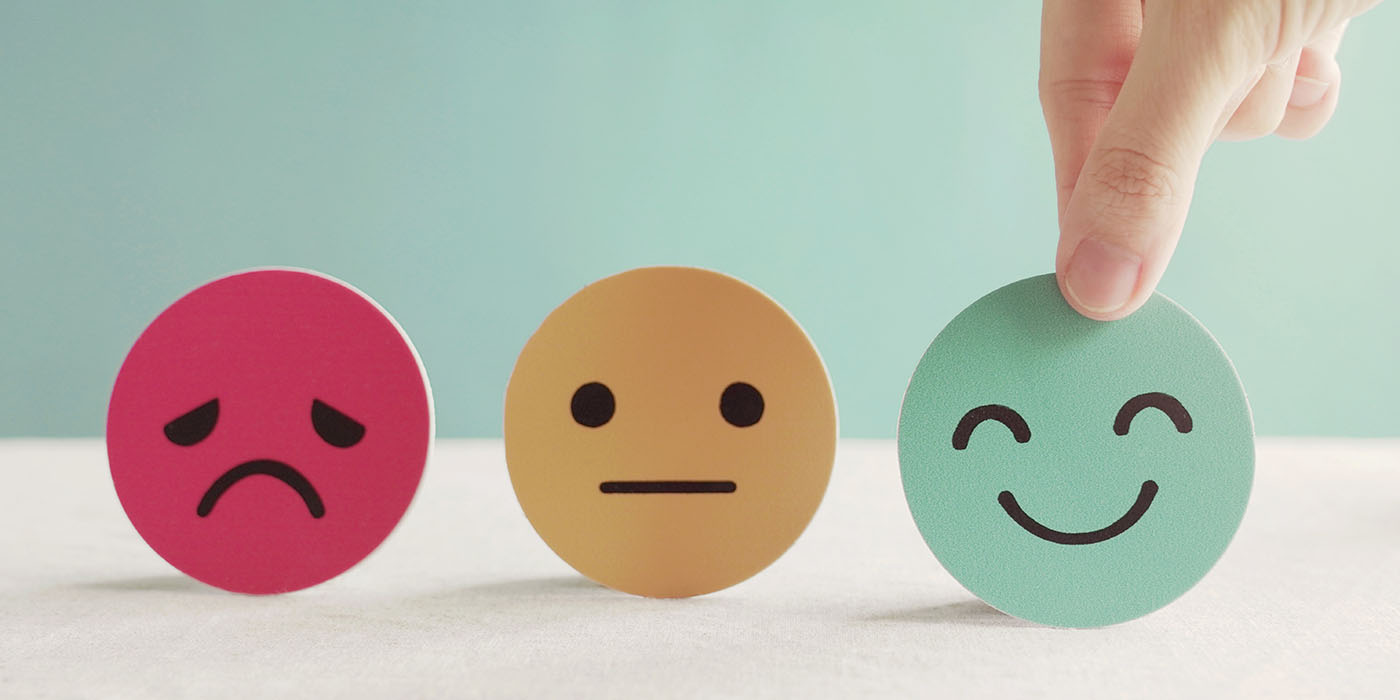4 Levels of Customer Service
Customer Service is something that companies loves to talk about, but very few do well. If you want to delight your customers, you need to dial in the exact type of customer service experience you wish to provide. What is the very best type of customer service? Read on and find out.

We’ve all had plenty of experiences of good and bad customer service. As a customer, you know how strongly your emotions get involved, both positively and negatively. Usually, if you have feeling at all, they are negative, at least at first.
As creators and business owners who are working tirelessly to solve real customer needs, customer service should be something that we do well. It’s not enough to just do customer service, it must be done well.
What are the four levels of customer service?
Level 0 - **** the Customer
This is the approach where, as a business stance, you simply don’t care about the customer’s experience. Your business is interested in making money, and customers are expendable and replaceable. Making money or getting through the day is the key goal, and who cares how the customer feels. If they don’t like the product or service, they can **** off.
Common Traits:
- Hard to find contact information
- Customer support requests are rejected or ignored
- Automated phone menu mazes
Pros:
- Doesn’t require staffing
- Very cheap to implement
- Very easy to design
Cons:
- Angry customers
- Poor NPS
- Bad for employee morale
- Bad for the world
Examples:
- Government agencies (DMV/MVD/etc)
- Shopify Drop-Shipping Stores
- Drug Dealers
- PayPal
Level 1 - Manually Help Customers Solve Their Problems
Your company cares about your customers. Your processes and product aren’t perfect, but you ensure that you have people available to help your customers with their problems, and that you have plenty of availability. You respond to messages and requests as promptly as possible.
Common Traits:
- Highly available employees
- Most customers have their issues solved satisfactorily
- Company is willing to take a loss in order to have happy customers
Pros:
- Happy customers
- Good NPS
- Highly flexible solution space
- Builds customer loyalty
Cons:
- Extremely expensive
- Hard to find and retain staffing
- Bad for support employee morale
Examples:
- Health Insurance Companies
- Big Chain Retailers (Target/Walmart)
- Auto Mechanics
Level 2 - Empower Customers To Solve Their Own Problems
Your company cares about your customers, and has worked to build self-service solutions to all customer issues. Common problems are diagnosed, and an array of options are offered for each problem scenario.
Common Traits:
- Self-service apps
- Camera-based smartphone tools
- Internet of things integrations
- Well-designed administration user inferfaces
Pros:
- Very happy customers
- Great NPS
- Low variable costs
Cons:
- Takes time to evolve and setup
- Requires smart people with systemization skills
- Requires dedicated engineers to systematize solutions
Examples:
- Stores with self-checkout kiosks
- Banks with mobile Check Deposit
- Using your Internet Provider’s App to reset your Internet connection
Level 3 - Eliminate All Customer Issues
This is the holy grail of customer support. It’s hard to fully achieve. But this should be the goal of every company that deeply cares about customer experience. While empowering customers to solve their problems is good, making it so that they don’t encounter problems is the best. This is hard to do, since it involves deep knowledge of the customer, their needs, and a finely tuned product or service that is as simple and elegant as possible.
Common Traits:
- Superior quality product/service
- Thorough quality assurance
- Streamlined experiences
Pros:
- Delighted customers
- Fantastic NPS
- Effortless to run
- No ongoing costs
- Happy and healthy employees
Cons:
- Customers typically don’t realize how much their lives have been improved
- Extremely challenging to design
Examples:
- Calculator App
- Stripe Web API
- Ice Creameries
- Notepad App
How will these help you as a creator?
You may not be directly officially involved in customer service. However, what you are creating and designing has major implications for customer service.
When you are creating, your design thoughts should be guided by the customer service level you are aiming to provide.
- Do you help people solve their problems with your software?
- Do you create documentation to help people solve their own problems?
- Do you evolve your API and App designs to prevent your users from experiencing certain kinds of problems?
- Does your software provide actionable feedback to users when something goes wrong?
- Do you have detailed error messages that explain what went wrong and what the user can do about it?
- Do you remove unneeded and rarely used complexity, to minimize the chances of usage issues?
- Do you have designs for resiliency for elements that won’t work all the time?
- Do you have designs for partially-working functionality?
- Do you have easy to use user interfaces that allow users to do things for themselves, directly?
These and similar question are what you should be regularly asking yourself and your teammates.
The more intelligence you build into the system the happier your customers will be, and the happier your team will be.
Do you have other ideas for how to systemize great customer service? Share your thoughts in the comments.


